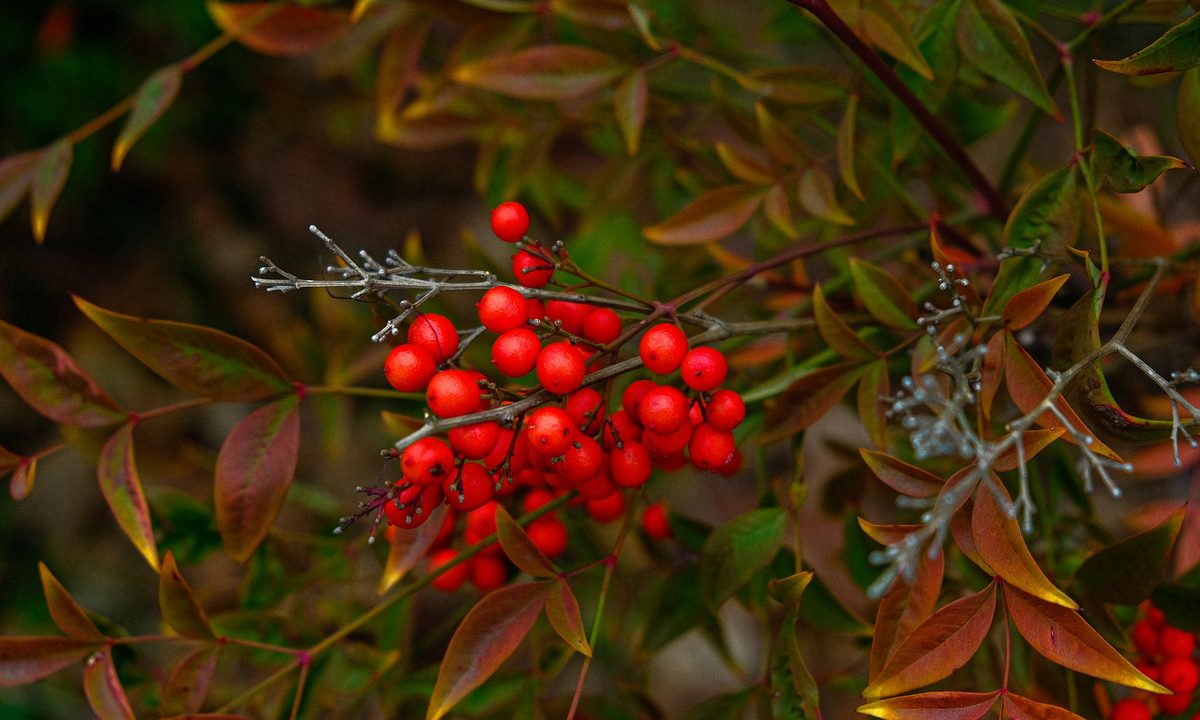Have you ever heard of a plant not liking wet feet? It’s true; some plants don’t like their roots to be soaked for too long. Many plants won’t thrive or will even die in overly wet conditions. This can make gardening difficult if your yard is naturally wet. Luckily, there are plants suited for every condition, even wet soil! In this guide we’ll explain how wet soil is defined and recommend some plants that like wet soil for you to try growing.
What shrubs do well in wet soil?
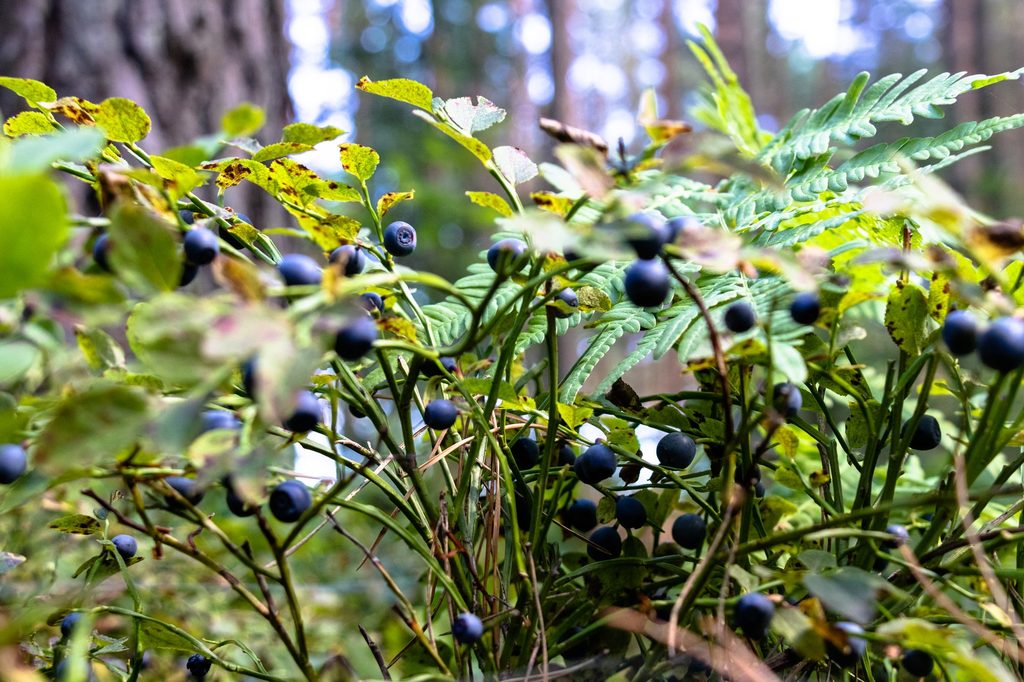
Even though they are not all included here, these are some of the shrubs that love wet soil. For a full list of shrubs, trees, and ground cover plants that love damp soil, check out this list from Penn State.
Shrubs
There are an astounding number of shrubs that do well in wet conditions.
- Red chokeberry
- Black chokeberry
- Sweetshrub
- Button Bush
- Summersweet
- Redosier dogwood
- Possumhaw
- Winterberry
- Virginia sweetspire
- Pinksterbloom azalea
- Highbush blueberry
- Arrowwood viburnum
- American Cranberrybush
What is wet soil?
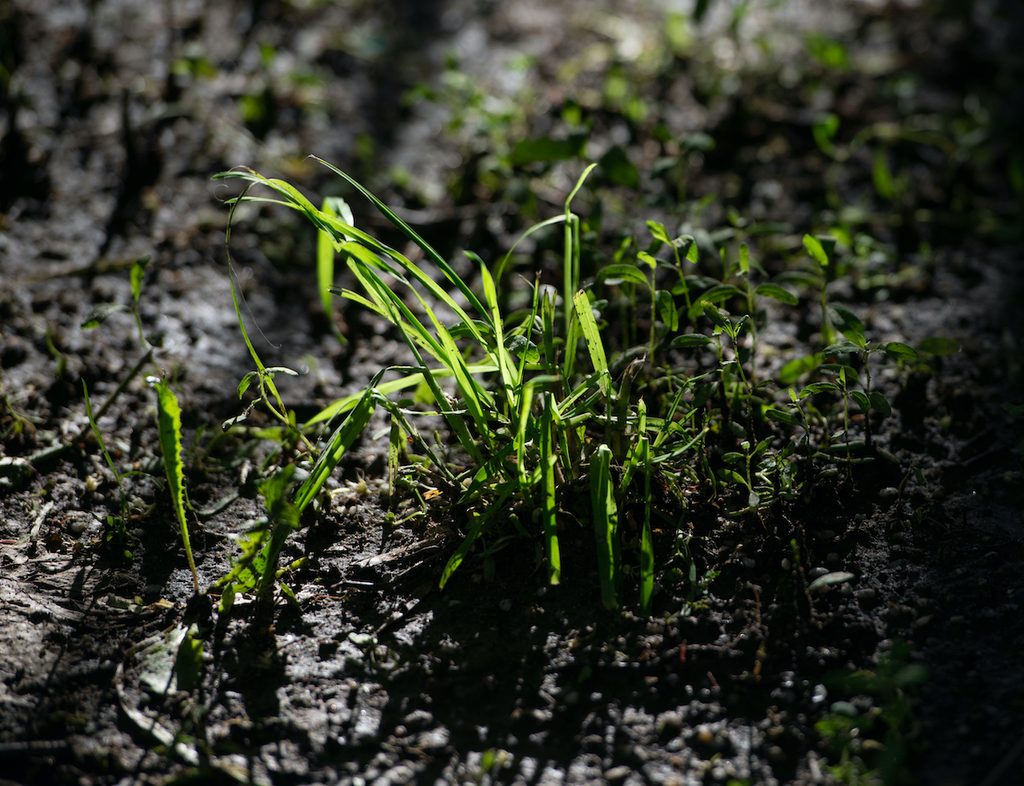
While wet soil is almost impossible to define consistently from gardener to gardener, it’s agreed that wet soil is not swamp conditions. If the soil is so wet that it drips with water when you scoop it up, that’s swamp conditions. If the soil clumps together and leaves your hands damp but doesn’t drip, that’s wet soil. Many plants would not do well in soil that stays this wet for the majority of the time. There are, however, many plants that thrive and prefer this kind of environment.
Why do some plants hate moist soil?
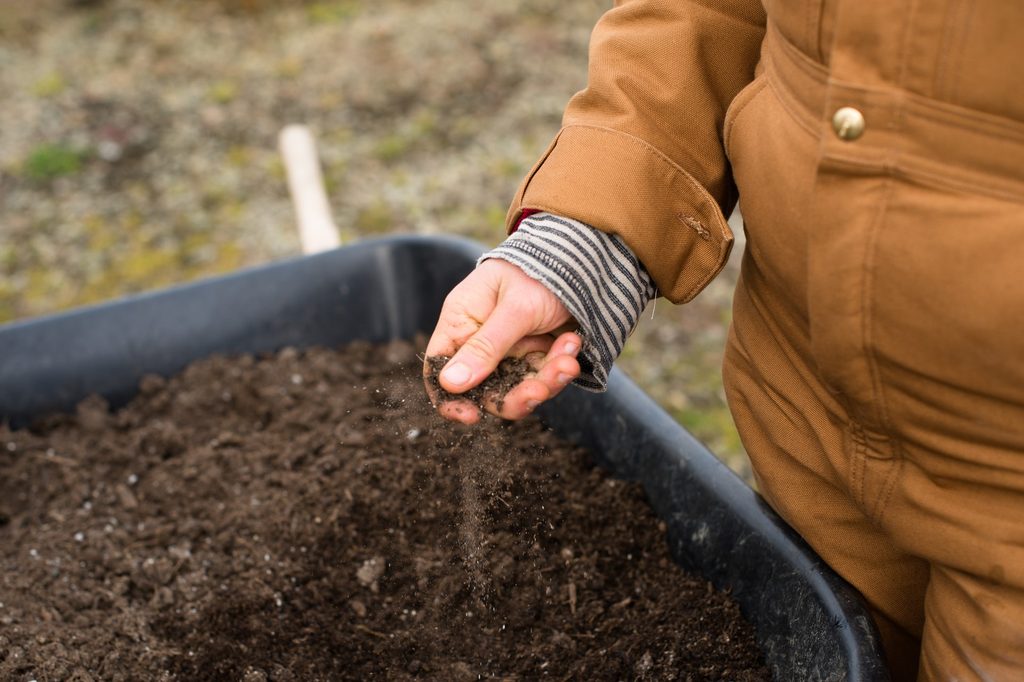
While it may not seem like it, our earth-loving friends also need oxygen for their roots to grow properly. The more oxygen a plant’s roots get, the better it is at absorbing nutrients. This fact alone is how hydroponics works, but it is also why some plants do not do well in hydroponics.
When soil is too wet, it does not allow the plant’s roots to get enough oxygen, and eventually, the plant drowns. This usually leads to root rot. For bigger plants such as trees, wet soil can be too soft and not supportive enough. Trees in this condition are at risk of falling over due to a lack of support.
Tips for water-loving roots
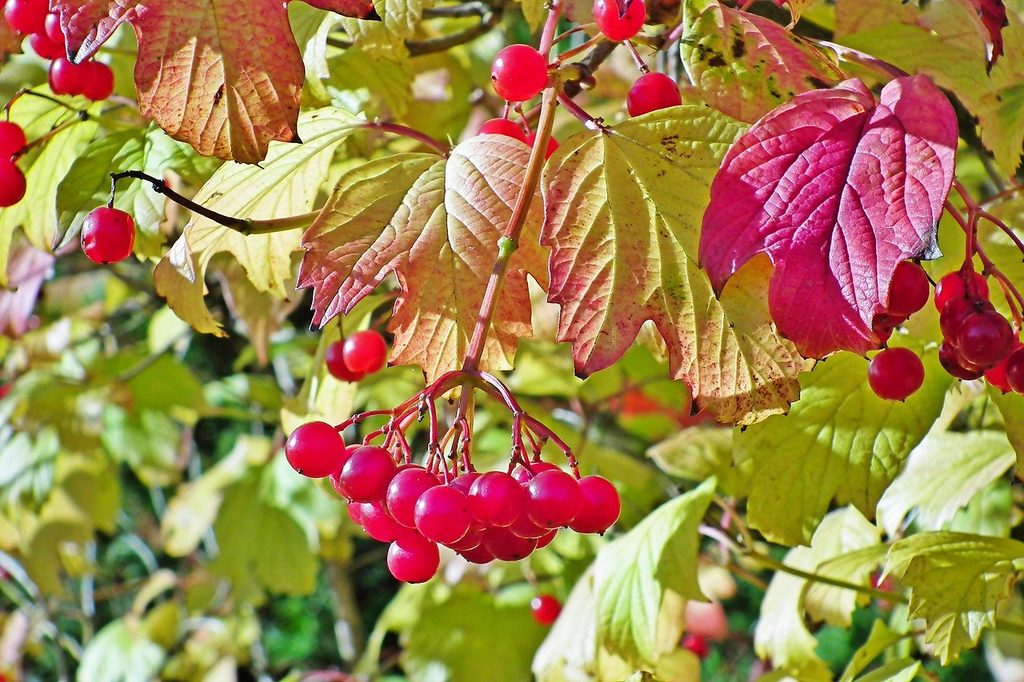
These kinds of shrubs can be a great addition to a wet yard; however, there are a few things to keep in mind. Because these plants love water and usually need a lot of water to grow and be healthy, they can reduce the amount of water in the surrounding area. This can become a problem when they run out of water and go searching for it somewhere else.
Wet soil-loving plants tend to have expansive root systems, and they might find their way to a pipe and break in. If they are planted too close to a home, there could potentially be pipe damage in the future — something to keep in mind when considering where to plant one of these beautiful plants and shrubs.
Some veggies like wet conditions, too
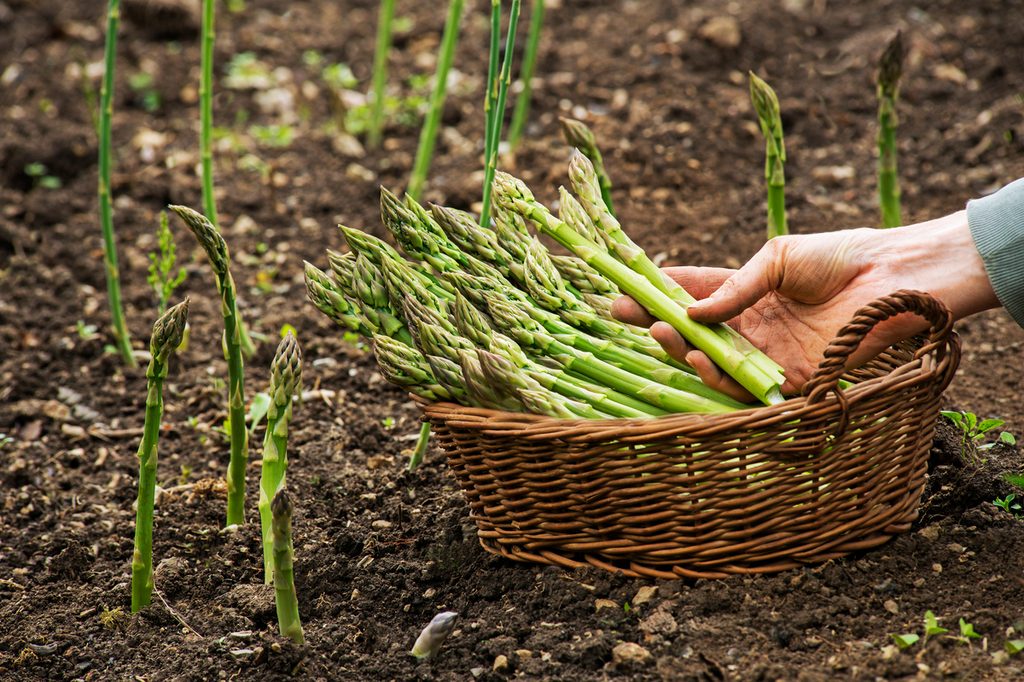
If you have a green thumb and want to enjoy a few fresh, homegrown vegetables, that soggy area can produce some wonderful produce, as well. While most root vegetables don’t do well in wet soil, try planting the skirret carrot, which is widely grown in Japan and China. It loves wet soil and can be prepared just like you would regular carrots.
Asparagus is another vegetable that likes damp soil. In fact, you’ll sometimes find it growing wild in ditches. Other plants that do well with damp or wet soil include taro, rhubarb, Tanier spinach, mint, pear trees, fox grapes, red raspberries, and strawberries.
What plants can withstand a flood?
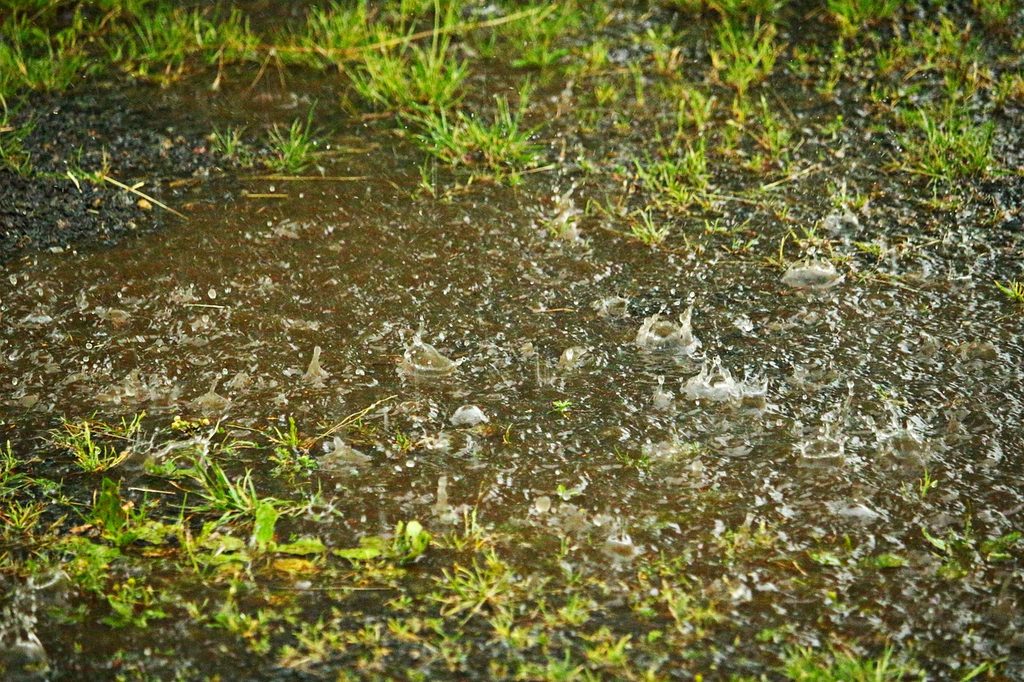
If you have areas in your yard that are low-lying, they’re likely to flood from time to time. Unfortunately, even some plants that enjoy wet soil can’t stand a flood, so you’ll need to choose your plants even more carefully. Of course, you can always add a drain to reduce flooding instead, but growing plants that enjoy swampy conditions may be easier.
Plants like swamp milkweed, willow trees, cranberries, swamp cypress, and many types of ferns are great choices for places in your garden that are prone to floods. If you have just one place that tends to flood, you can also try turning it into a water feature.
It can sometimes be hard to know what to plant where, and when you have a tough situation like wet soil, it can get even more challenging. However, with these options, you can fill the spaces on your property that are damp or suffer from poor drainage. These plants will not disappoint with their hardiness and ability to be happy with wet feet.
